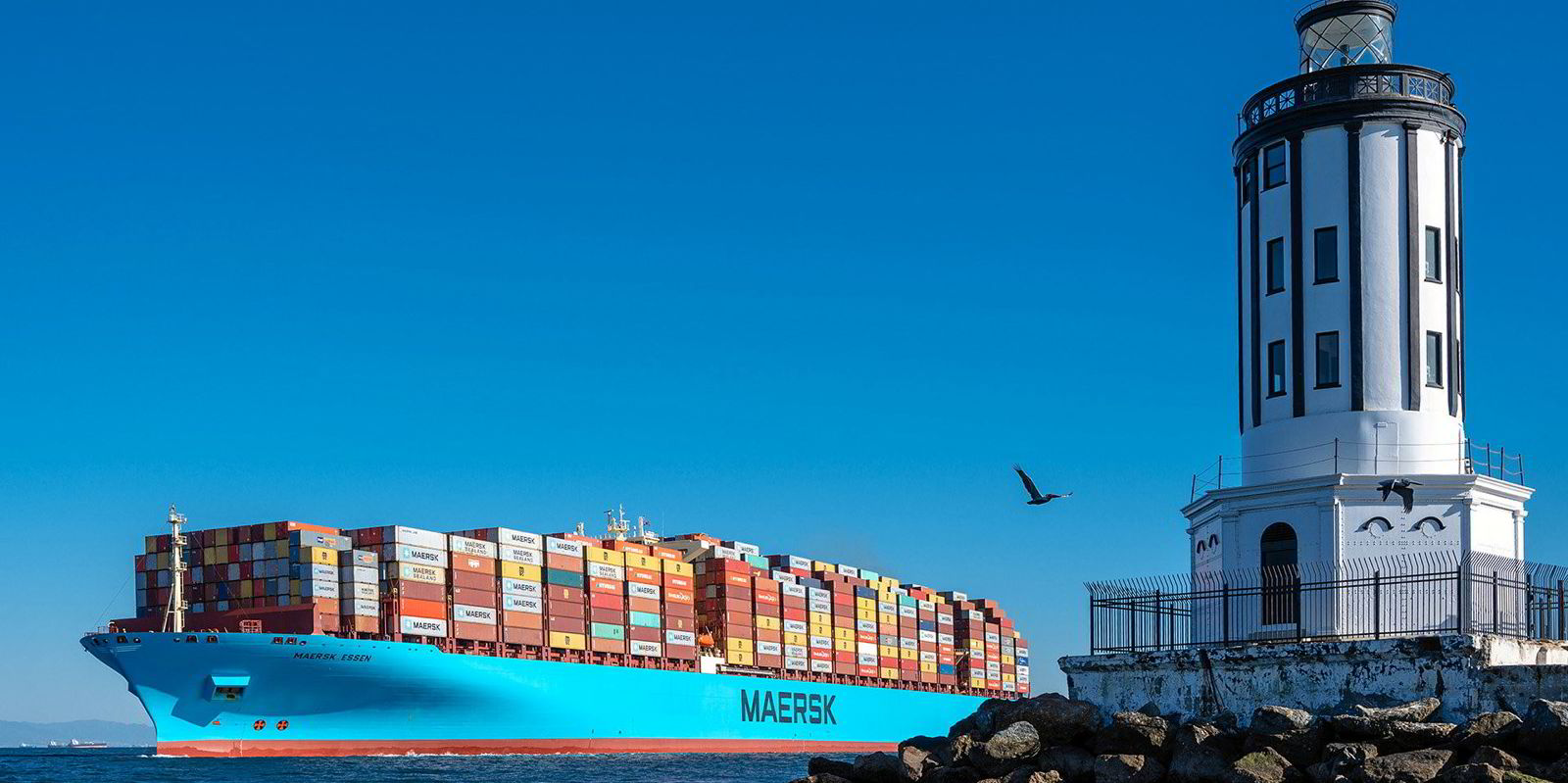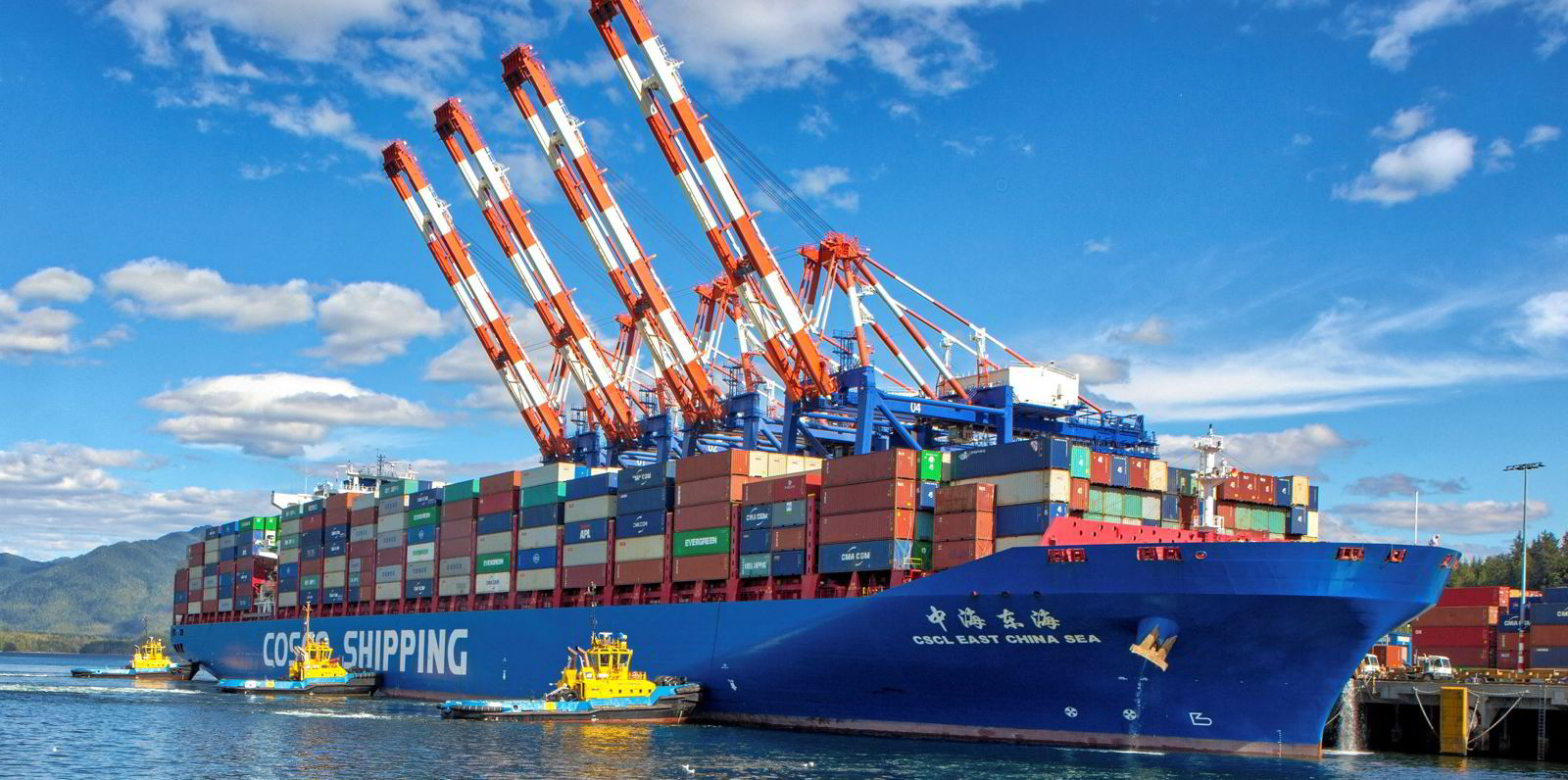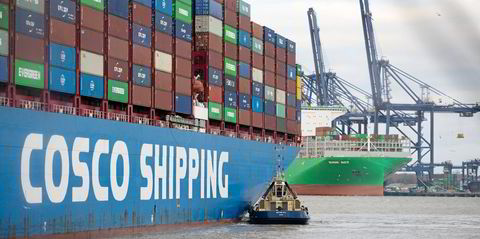China’s upcoming Golden Week during the first week of October is not producing glittery results for container freight rates from Asia to the US and Europe, according to an analyst.
The holiday is already causing them to pull back as the market prepares for widespread closure of factories and businesses from 1 to 6 October in honour of the Republic of China’s founding in 1949, Jefferies’ Omar Nokta said.
“With the Golden Week holiday coming in early October and operators blanking sailings aggressively ahead of that, there is little positive momentum in the market overall,” he wrote in a note on Tuesday.
He said the anticipated holiday break, which has led to weaker Asia-to-Europe freight rates since August, is starting to soften transpacific rates from Asia to the US as liners do not seem to be making general rate increases on 15 September.
Asia-to-US West Coast freight rates are generally expected to remain below $2,000 per feu in the near term, while Asia-to-US East Coast freight rates are nearing $2,700 per feu after falling from a peak of $3,200 per feu, he said.
Lower US consumer spending on discretionary items has also weighed on transpacific freight rates and may cause rate volatility as back-to-school shopping arrives and holiday shopping nears, according to Container xChange.
“Uncertain consumer sentiment may lead to demand fluctuations, affecting supply dynamics, pricing and rates,” Container xChange wrote in a report on Tuesday.
One freight rate indicator, the Freightos Baltic Index, shows the Asia-to-US West Coast route hit a high of $1,991 per feu on 30 August, before the average freight rate for the slid 4.8% to $1,895 per feu on Tuesday.
And since peaking at $3,100 per feu on 29 August, the average freight rate for the Asia-to-US East Coast leg has fallen 5% to $2,946 per feu on Tuesday.
Vessel delays at the drought-stricken Panama Canal have not had a significant effect on the freight rate on the latter route, which crosses the waterway, for a couple of reasons, Nokta told TradeWinds.
“Load factors have been low enough so there hasn’t been much reported in terms of draught issues,” he said.
“Also, containers have not really had to face any meaningful waiting times due to their favoured status. The delays have been more prevalent for LPG, tanker and dry bulk carriers.”
As of Tuesday, there were 97 vessels waiting to transit the panamax locks and 30 ships queuing to enter the canal’s bigger neopanamaxas a result of draught restrictions, according to Leth Agencies. Transit waiting times are as high as 15 days.





